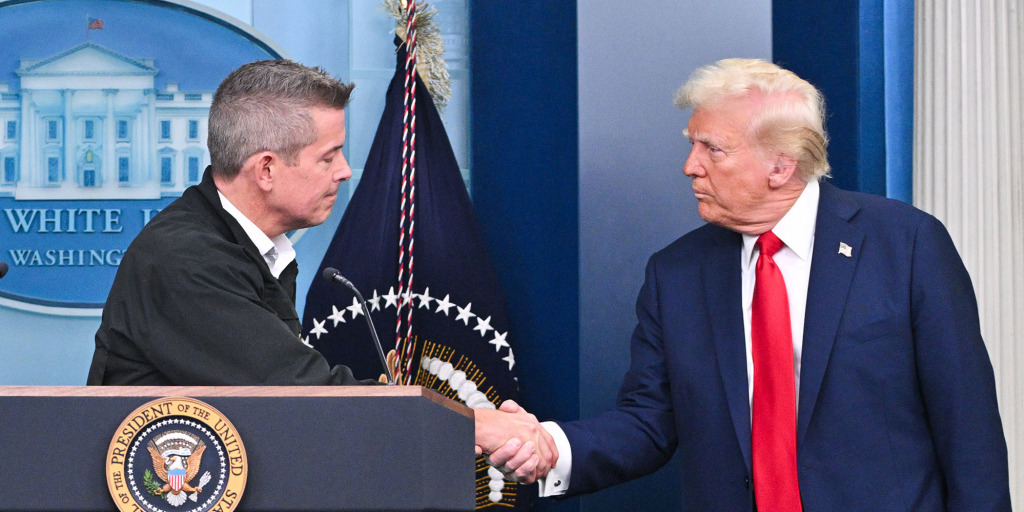Grief Hijacked: Trump Weaponizes National Tragedy for Political Gain

In the wake of a tragic midair collision that shocked the nation on Wednesday night, former President Donald Trump swiftly weighed in, assigning blame despite the ongoing investigation and limited available information. The incident, which resulted in multiple fatalities, has captured national attention and raised urgent questions about aviation safety.
While official sources continue to piece together the precise circumstances surrounding the collision, Trump did not hesitate to offer his perspective, demonstrating his characteristic tendency to provide immediate commentary on unfolding events. His rapid response highlights the ongoing public interest and speculation surrounding this devastating aerial tragedy.
Investigators are meticulously working to uncover the exact sequence of events that led to the fatal encounter between the aircraft, carefully examining every detail to understand the root causes and prevent similar incidents in the future. As the investigation progresses, the public awaits a comprehensive and authoritative account of what transpired during that fateful night.

